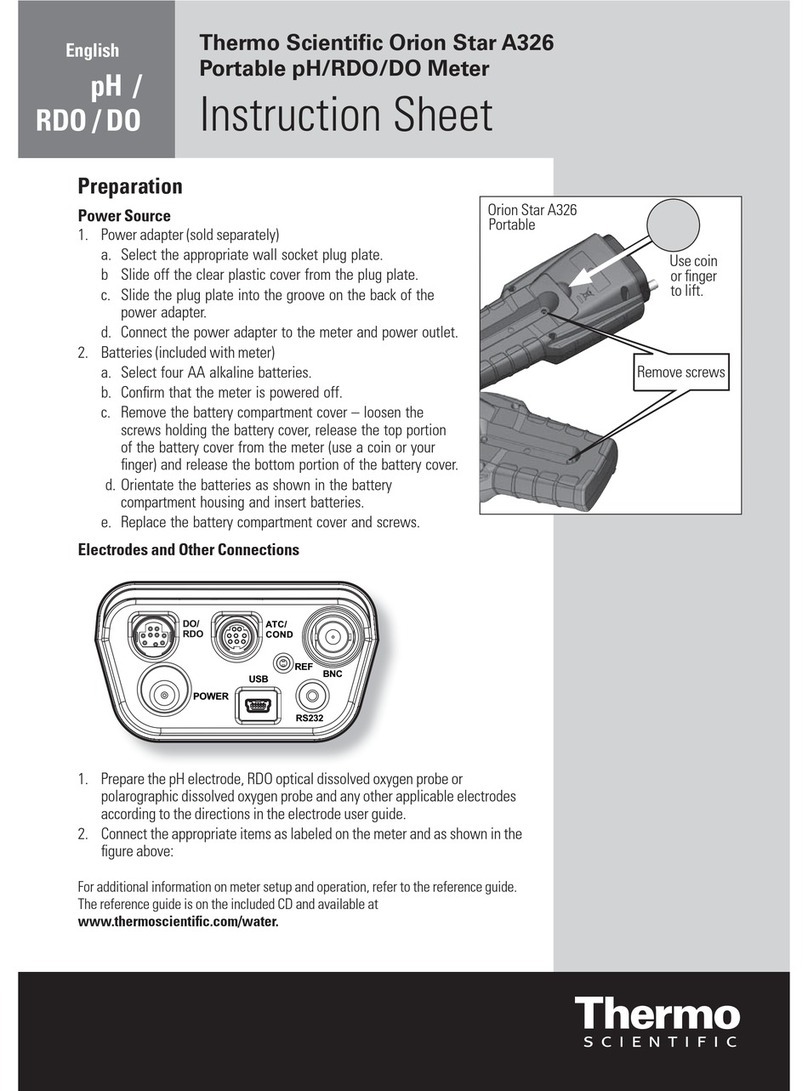Thermo Scientific AQUAfast AQ3170 User manual
Other Thermo Scientific Measuring Instrument manuals

Thermo Scientific
Thermo Scientific TSQ 8000 Evo User manual

Thermo Scientific
Thermo Scientific Orion Star A329 User manual
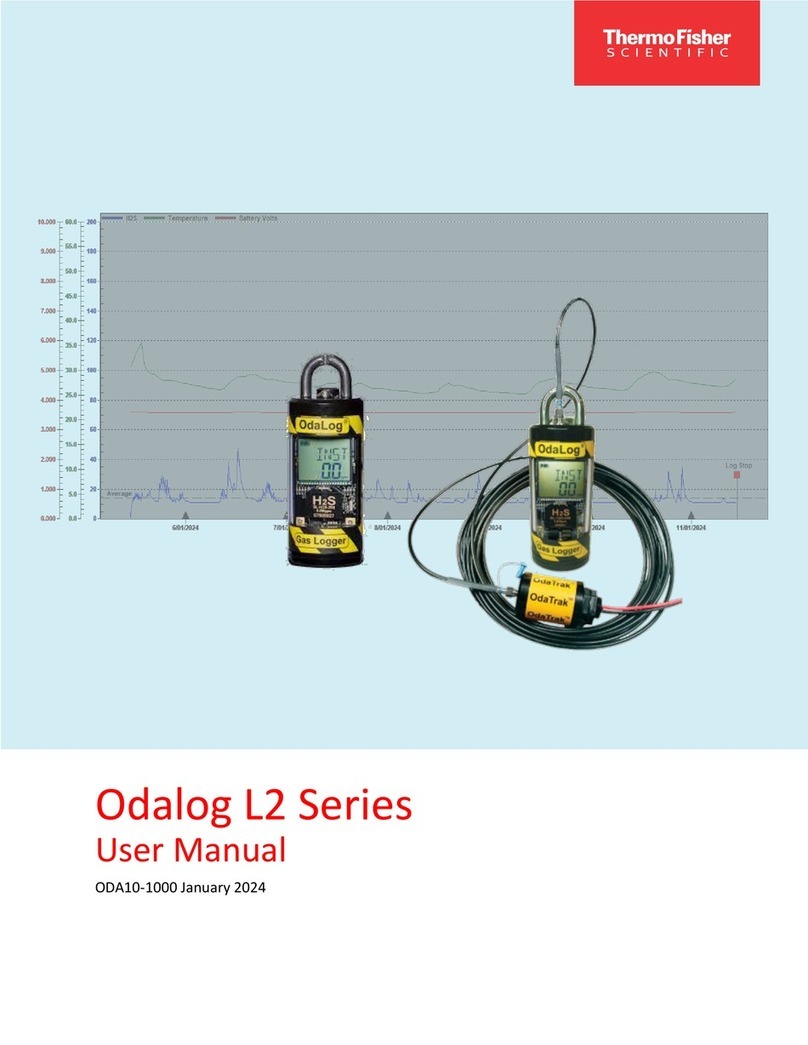
Thermo Scientific
Thermo Scientific Odalog L2 Series User manual

Thermo Scientific
Thermo Scientific Eutech Expert CTS User manual

Thermo Scientific
Thermo Scientific Orion Star A111 User manual
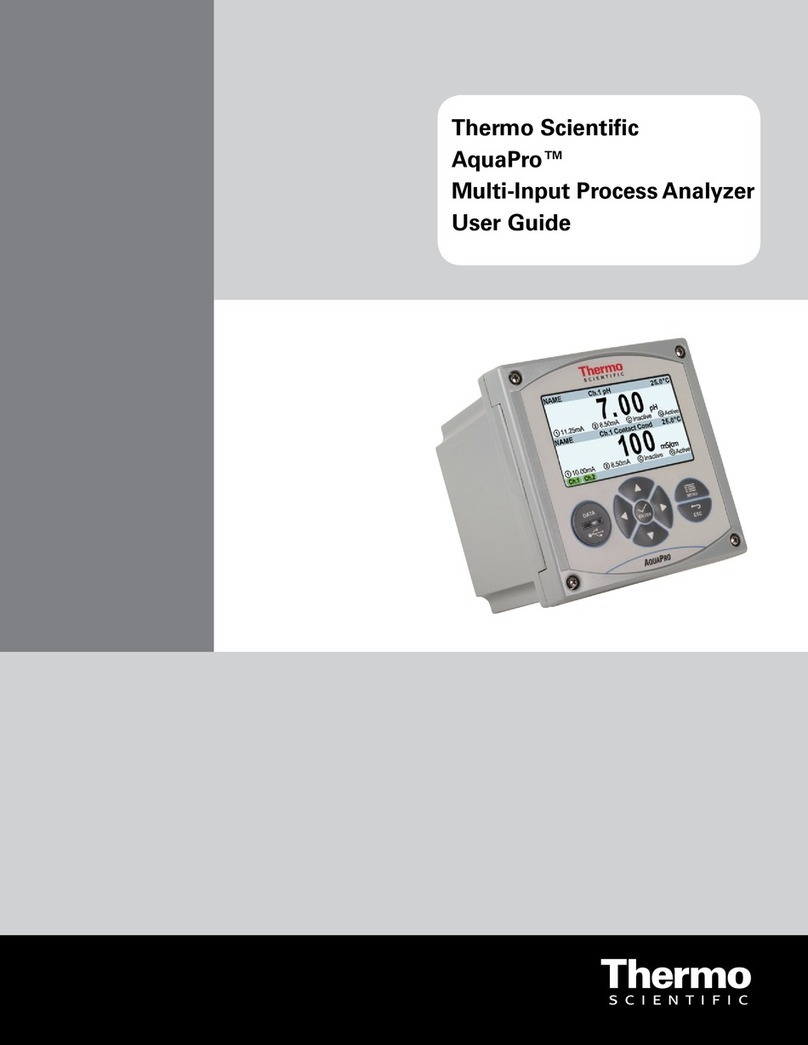
Thermo Scientific
Thermo Scientific AquaPro User manual

Thermo Scientific
Thermo Scientific 2210AM User manual
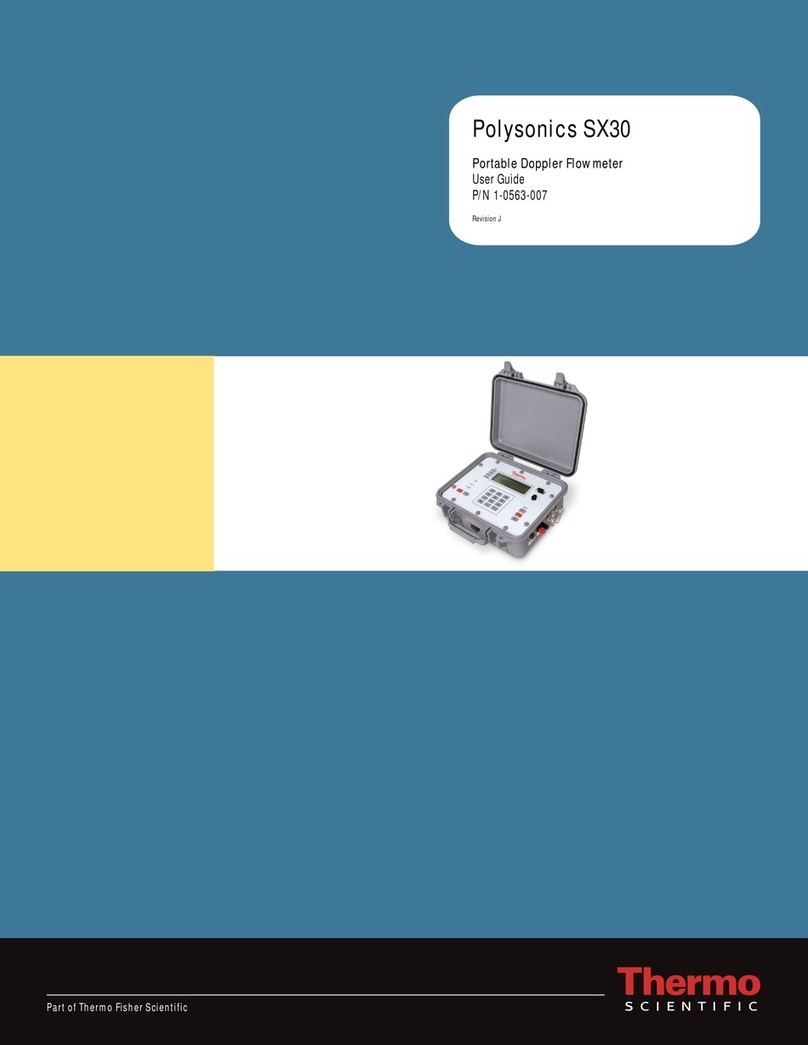
Thermo Scientific
Thermo Scientific Polysonics SX30 User manual

Thermo Scientific
Thermo Scientific Evolution One Series User manual
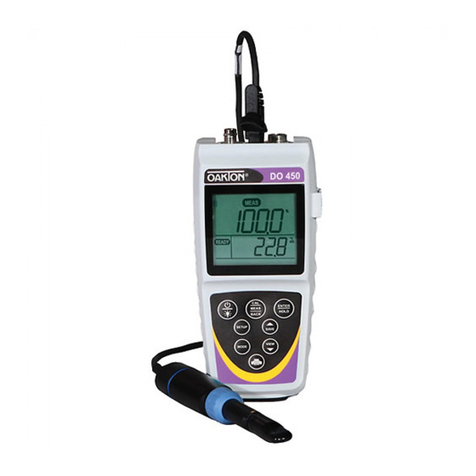
Thermo Scientific
Thermo Scientific EUTECH INSTRUMENTS Oakton 450 Series User manual
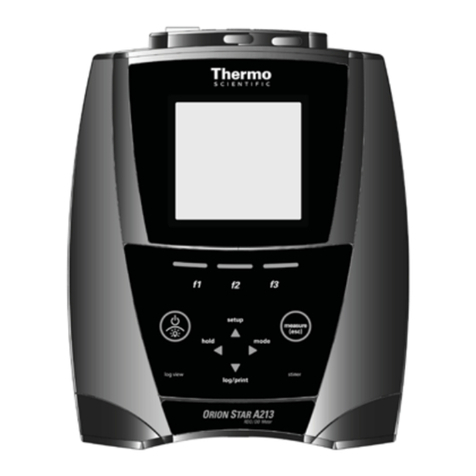
Thermo Scientific
Thermo Scientific Orion Star A213 User manual

Thermo Scientific
Thermo Scientific Orion 320 User manual
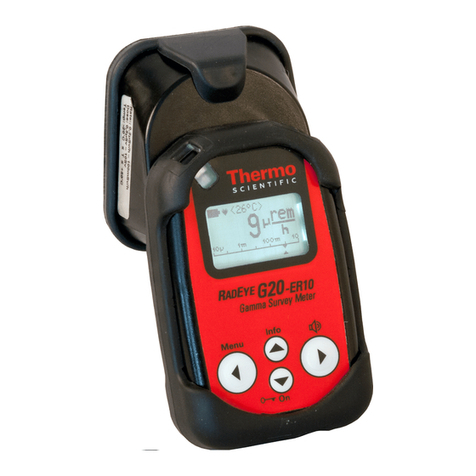
Thermo Scientific
Thermo Scientific RadEye G20-ER User manual
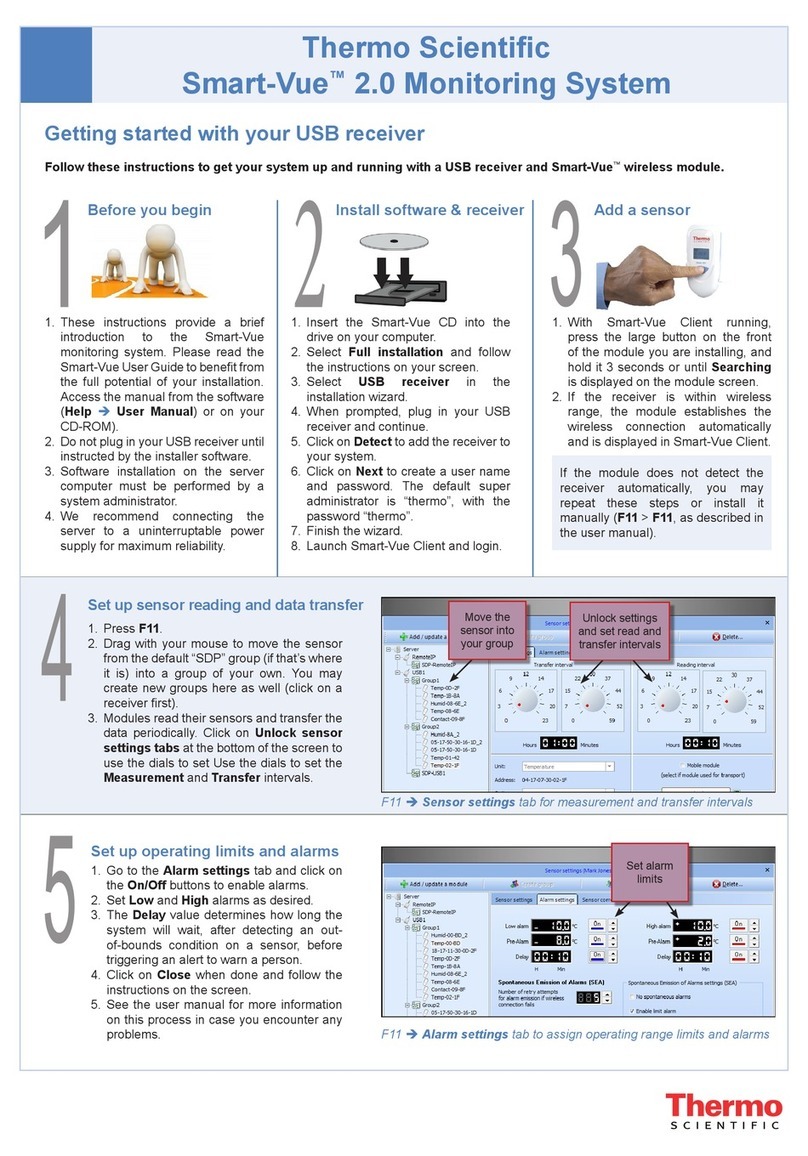
Thermo Scientific
Thermo Scientific Smart-Vue 2.0 User manual

Thermo Scientific
Thermo Scientific Orion AQUAfast II User manual
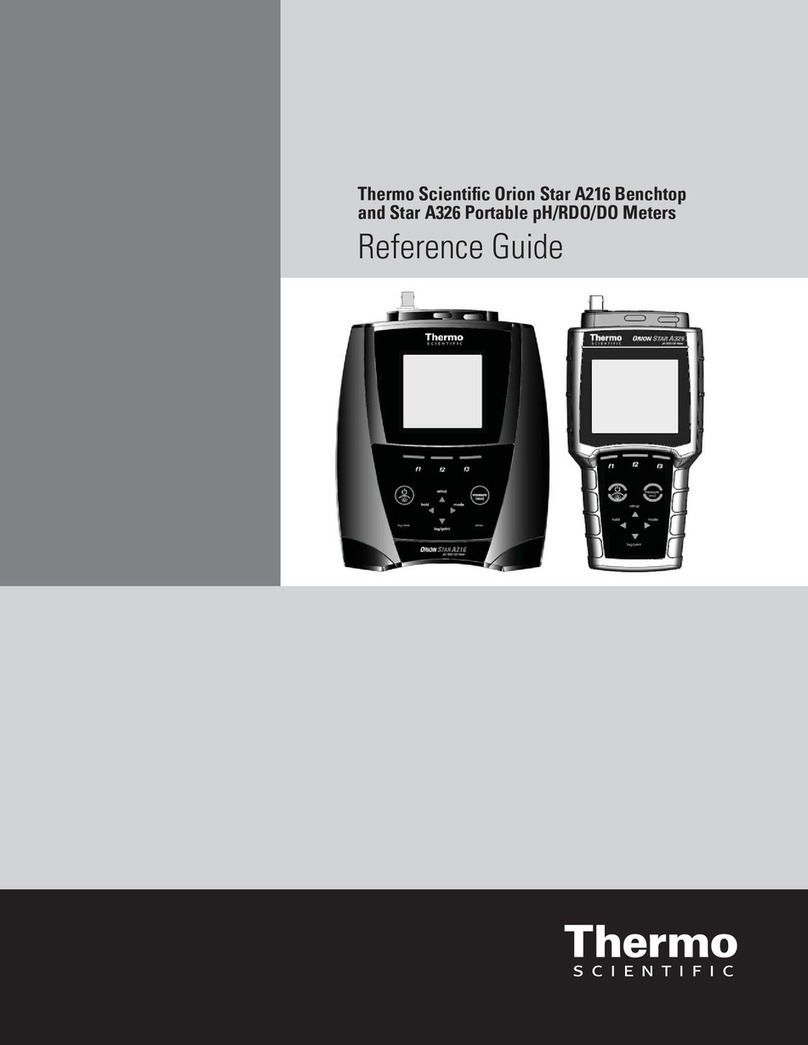
Thermo Scientific
Thermo Scientific Orion Star A216 User manual

Thermo Scientific
Thermo Scientific Orion 7070iX User manual

Thermo Scientific
Thermo Scientific 42i User manual

Thermo Scientific
Thermo Scientific SPECTRONIC 200 User manual
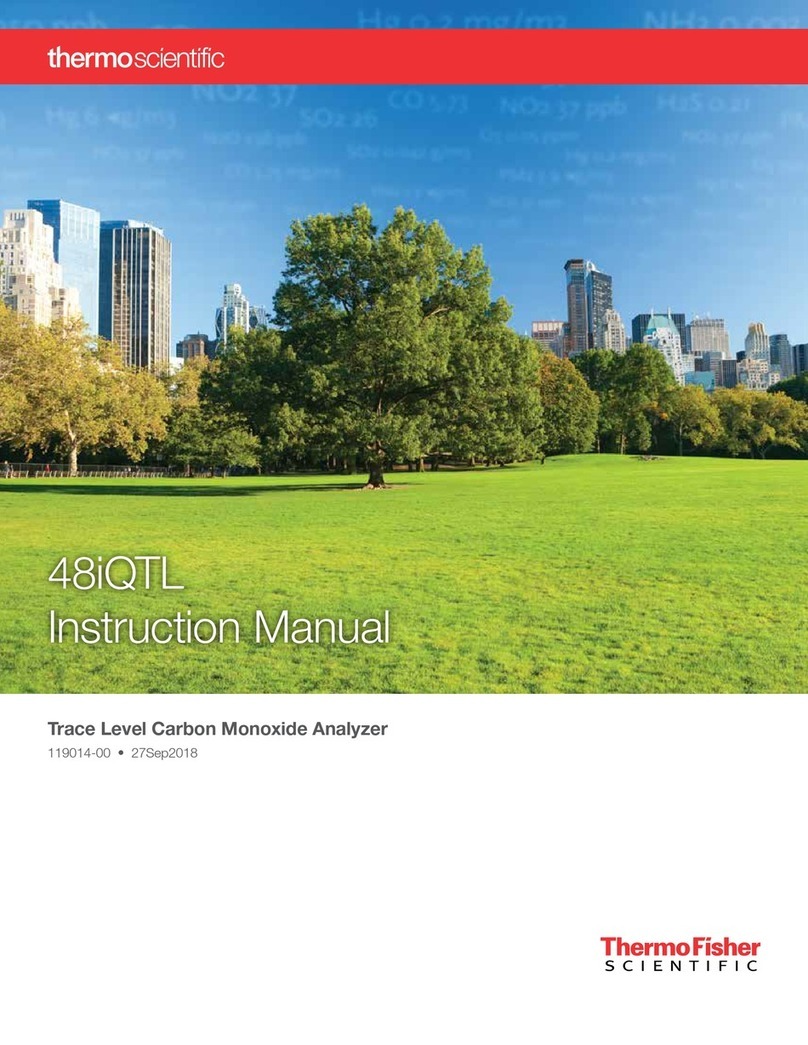
Thermo Scientific
Thermo Scientific 48iQTL User manual
Popular Measuring Instrument manuals by other brands

Powerfix Profi
Powerfix Profi 278296 Operation and safety notes

Test Equipment Depot
Test Equipment Depot GVT-427B user manual

Fieldpiece
Fieldpiece ACH Operator's manual

FLYSURFER
FLYSURFER VIRON3 user manual

GMW
GMW TG uni 1 operating manual

Downeaster
Downeaster Wind & Weather Medallion Series instruction manual

Hanna Instruments
Hanna Instruments HI96725C instruction manual

Nokeval
Nokeval KMR260 quick guide

HOKUYO AUTOMATIC
HOKUYO AUTOMATIC UBG-05LN instruction manual

Fluke
Fluke 96000 Series Operator's manual

Test Products International
Test Products International SP565 user manual

General Sleep
General Sleep Zmachine Insight+ DT-200 Service manual

